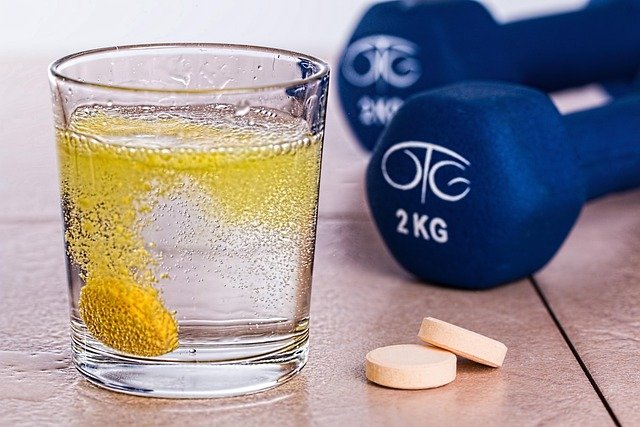Measuring Progress: Simple Metrics for Aesthetic and Functional Gains
Measuring change in appearance and ability can feel subjective, but small, consistent metrics make progress clear. This piece outlines practical, repeatable ways to track skin and body changes alongside improvements in strength, mobility, and endurance, so you can refine your routine and support long-term wellness.

How can skincare and hydration reflect progress?
Visible changes in skin texture, tone, and elasticity are useful aesthetic metrics. Track hydration by noting skin plumpness, reduced flakiness, and fewer fine lines; take photos under consistent lighting every two to four weeks. Collagen-supporting habits—adequate protein, vitamin C, and select supplements—may show effects over months rather than days, so prioritize steady adherence. Improved circulation from gentle massage or light exercise can also reduce puffiness and brighten complexion. Record simple observations and baseline measurements to separate short-term fluctuations from real improvements.
How does exercise improve strength and endurance?
Quantifiable exercise metrics include the number of repetitions, resistance or weight used, and perceived exertion for a given routine. For endurance, use time, distance, or heart-rate zones to track progress during cardio sessions. Strength gains can be tracked weekly by logging improvements in sets, reps, and load, or by noting reduced difficulty performing daily tasks. Small, consistent increases in load (progressive overload) and repetition tracking reveal functional gains more reliably than visual changes alone. Keep a workout log to translate workouts into measurable progress.
What nutrition and supplements support gains?
Nutrition underpins aesthetic and functional outcomes: sufficient protein supports strength and collagen synthesis, while balanced carbohydrates and fats fuel endurance. Hydration affects performance, recovery, and skin appearance; monitor fluid intake and urine color for basic feedback. When appropriate, evidence-based supplements—such as protein powders or vitamin D—can fill gaps, but they are adjuncts, not replacements for whole foods. Track dietary consistency, meal timing around workouts, and any supplement responses to assess their role in your routine, adjusting with a nutrition professional when needed.
How to track mobility and functional recovery?
Mobility and recovery metrics include range-of-motion tests, pain-free movement, and how quickly you return to baseline after exertion. Simple at-home tests—like measuring ankle dorsiflexion, shoulder reach, or how easily you sit-to-stand—offer repeatable data points. Recovery also appears in daily energy and muscle soreness timelines: shorter soreness duration and improved joint comfort signal functional progress. Record mobility scores, note trends in recovery times, and adapt warm-up, cool-down, and targeted mobility work to maintain steady improvements.
How do sleep and stress affect wellness results?
Sleep and stress influence both appearance and performance. Consistent, restorative sleep supports tissue repair, collagen production, and hormonal balance linked to strength and endurance. Track nightly sleep duration and quality using a journal or wearable; correlate poor nights with reduced workout performance or visible skin changes. Stress increases cortisol, which can impact circulation, hydration, and recovery. Monitoring stress levels, practicing relaxation techniques, and observing their effects on training and skincare outcomes help clarify non-training barriers to progress.
How to build a sustainable routine for long-term gains?
A routine that balances exercise, nutrition, recovery, and skincare is easier to maintain and measure. Set clear short-term metrics (e.g., increase squat load by 5–10% in four weeks, or reduce nighttime skin oiliness) alongside longer-term goals. Use consistent checkpoints—weekly logs, biweekly photos, monthly performance tests—to evaluate trends. Include mobility sessions, planned rest, and hydration goals to support endurance and strength. Adjustments should be data-driven: small, incremental changes informed by tracked metrics yield steady, sustainable gains.
This article is for informational purposes only and should not be considered medical advice. Please consult a qualified healthcare professional for personalized guidance and treatment.
Conclusion
Measuring aesthetic and functional progress relies on repeatable, objective markers: photos and hydration checks for skin, logged loads and times for strength and endurance, mobility tests for function, and sleep and stress tracking for recovery. Combining these metrics into a simple routine—recording trends rather than daily noise—helps separate meaningful change from short-term variability. Over weeks and months, consistent tracking clarifies which habits yield results and supports sustainable improvements in overall wellness.




